Gun violence is an increasing concern in communities, with 346 school shootings in the U.S. last year. For students who are aware of these statistics, the anxiety concerning such threats lingers in day-to-day life.
In the last two years, our school has experienced two emergencies where an alarm was triggered because of a medical emergency. The pre-recorded alarm tells students and staff to clear the halls, as well as take other safety precautions. This can cause unnecessary panic, as it’s unclear what the emergency is. For many students, the worst case scenario is the first thing to come to mind.
In both instances, the alarm was triggered to make room for paramedics to come through, but neither staff nor students knew this unless they were at the site of the emergency already.
Students agree that this warning made it sound like there could have been a threat inside the building. Several teachers not only locked doors, but also turned off the lights and had students stay away from windows. This would not have been an appropriate response for paramedics coming through the building.
The second time our school heard the alarm, there was still some fear, but some knew that it was probably another medical emergency, and not a threat in the building. But this raises some concern too, because if students and staff assume a situation is less serious than it really is, they can’t respond accordingly.
Our school has five Standard Response Protocols (SRPs) for different emergency situations, sourced from iloveyouguys.org: Hold, Secure, Lockdown, Evacuate, and Shelter.
All schools in Clackamas County use these same SRPs. While the fire alarm is an instantly recognizable beeping tone, the other alarms use a voice message with instructions, sometimes indicating if it is a drill or not. For medical emergencies and any situation where the halls need to be clear, the Lockdown alarm is activated.
According to Oregon law, all schools must conduct 16 emergency drills per year: one fire drill per month, as well as two lockdown drills, two secure drills, and two earthquake drills.
Jeremy Nichols is the Safety and Security Supervisor for the West Linn-Wilsonville school district.
“While critical for school safety, we know that SRP drills can be scary or concerning for students and staff,” Nichols said. “Drills are conducted in consultation with school administration to maximize effectiveness without unnecessarily alarming students and staff.”
Graphic by Edie Himmer.
When drills are enacted, emails are sent to all teachers informing them of the time and nature of the drill. When non-drill SRPs are engaged it can take hours for explanation from official sources to arrive.
However, because of how these SRPs are triggered, it’s less likely that a false alarm will happen, unlike the fire alarm which can be pulled.
“The decision to initiate an SRP could be decided by a building administrator based on a situation happening at school, or based on direction from local law enforcement,” Nichols said. “Certain SRPs such as Secure or Hold might be used out of extra caution to ensure the school day and classroom learning can continue as planned with minimal interruption.”
Students voiced that while they understand that it’s not possible to have a pre-recorded voice message for every situation, but the current alarms are not specific enough. Students also voiced that it’s helpful when the recording clarifies whether it is a drill or not, and it relieves them of some fear.
We suggest that there be extra specifications in these alarms. As previously stated, students did not know what the emergency was and assumed the worst, grabbing their phones to text friends and family. Even in the West Linn neighborhood, the fear of a school shooting is still present.
Important information to know immediately would be whether or not there is a medical emergency, or a genuine threat to students and staff, as well as if it is a drill. We suggest this information be announced over the intercom as part of the alarm. Refining our SRP system has the potential to decrease anxiety rates and increase practical knowledge and preparation in the case of an emergency.
This article represents the thoughts and opinions of the wlhsNOW staff that were recorded by members of the editorial board.


![Reaching out. Christopher Lesh, student at Central Catholic High School, serves ice cream during the event on March 2, 2025, at the Portland waterfront. Central Catholic was just one of the schools that sent student volunteers out to cook, prepare, dish, and serve food. Interact club’s co-president Rachel Gerber, junior, plated the food during the event. “I like how direct the contact is,” Gerber said. “You’re there [and] you’re just doing something good. It’s simple, it’s easy, you can feel good about it.”](https://wlhsnow.com/wp-content/uploads/2025/03/interact-1-edited-1200x744.jpg)

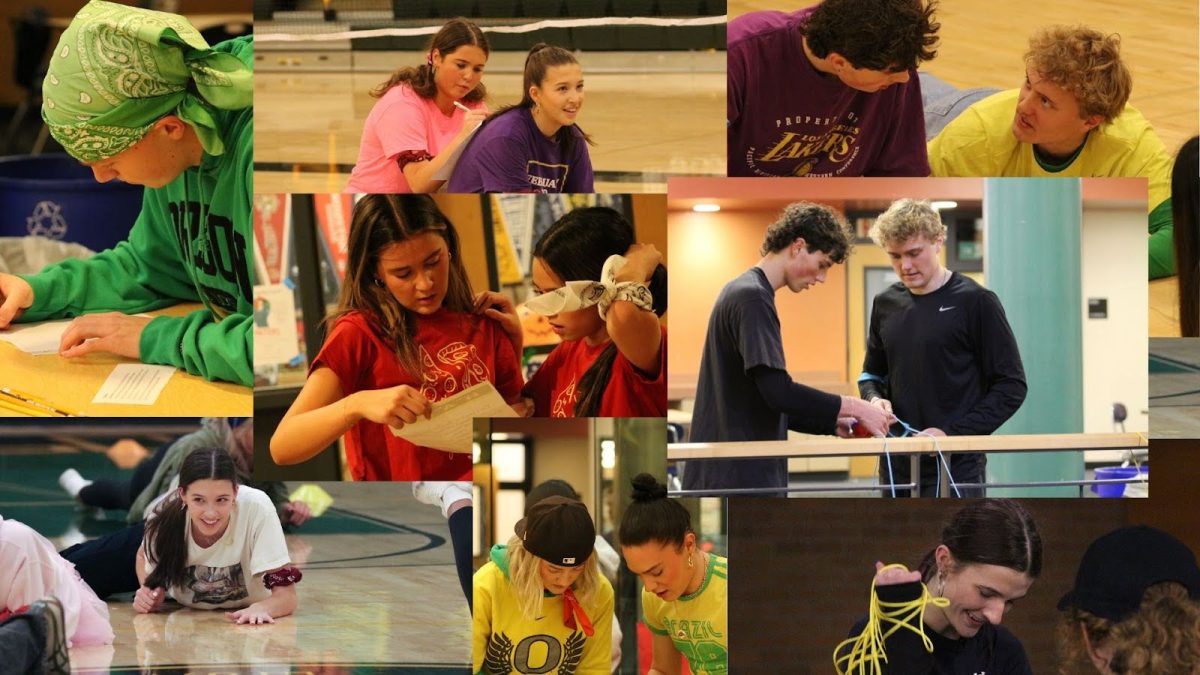

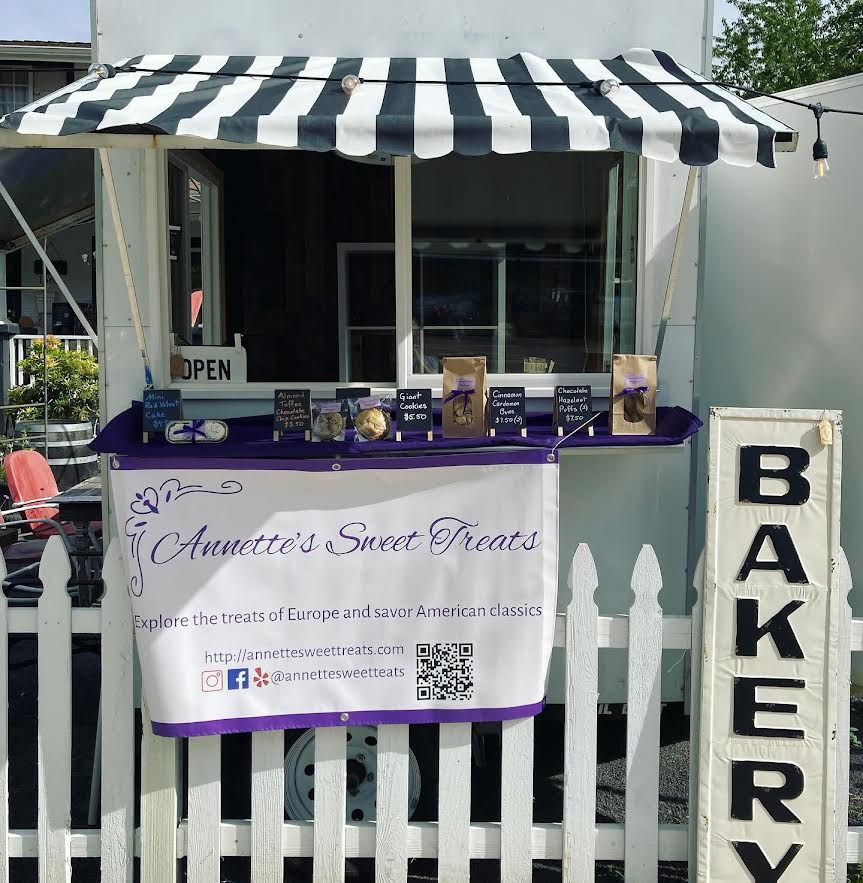







































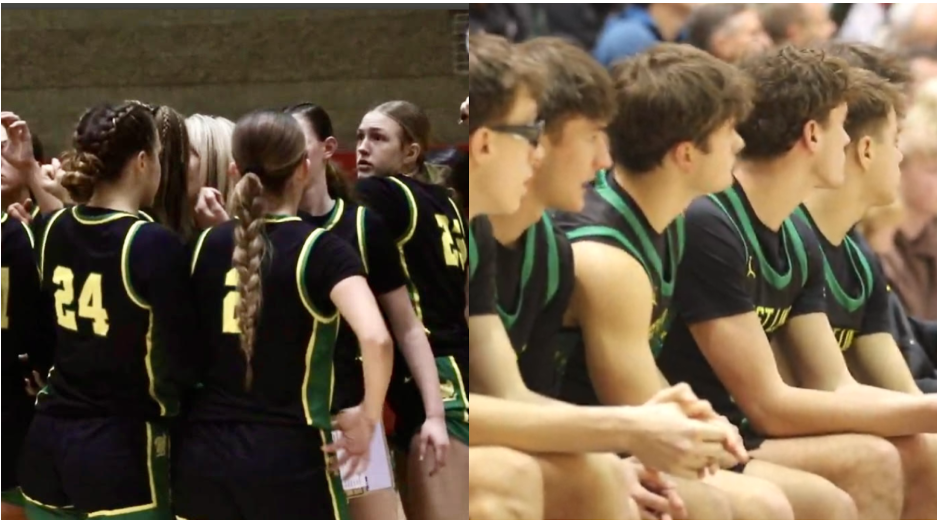


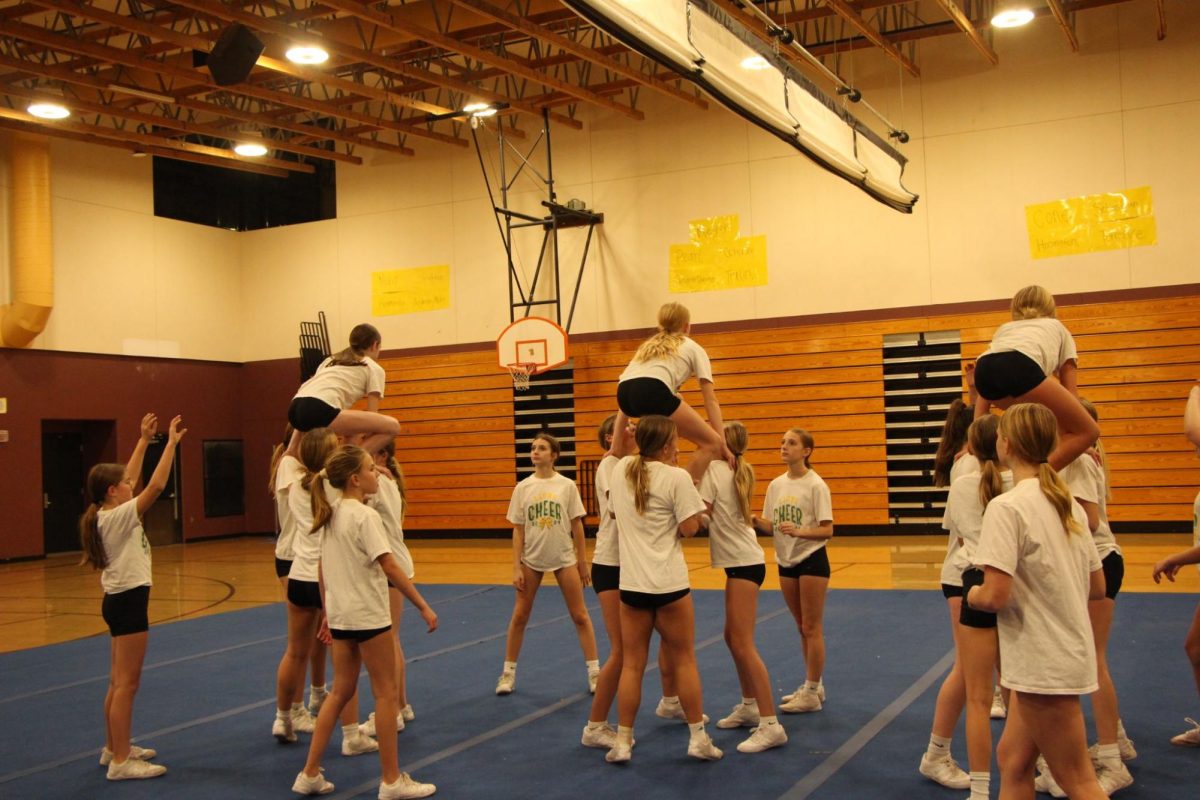
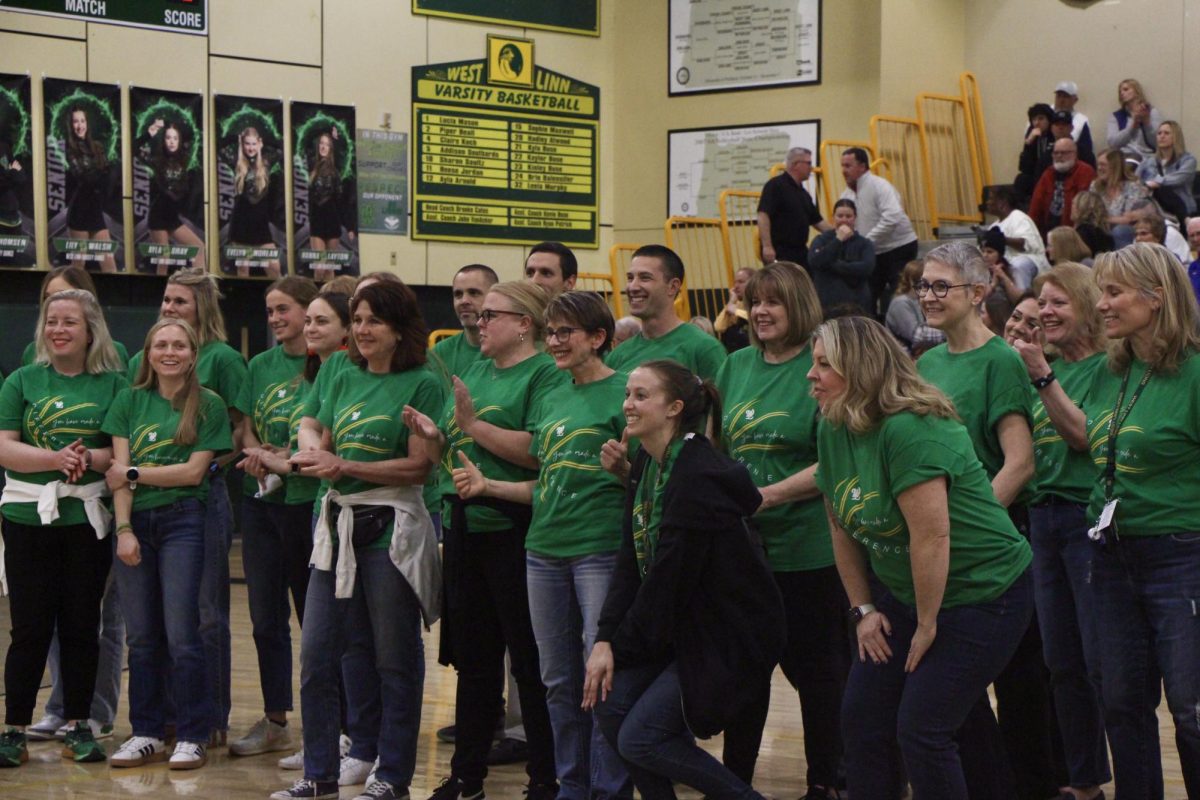













![At the bottom of the third inning, the Lions are still scoreless. Rowe stands at home plate, preparing to bat, while Vandenbrink stands off to the side as the next batter up. Despite having the bases loaded, the team was unable to score any runs. “It’s just the beginning of the season. We’re just going to be playing out best by June, [and] that’s where champions are,” Rowe said.](https://wlhsnow.com/wp-content/uploads/2024/03/IMG_3077-1200x900.jpg)




















































